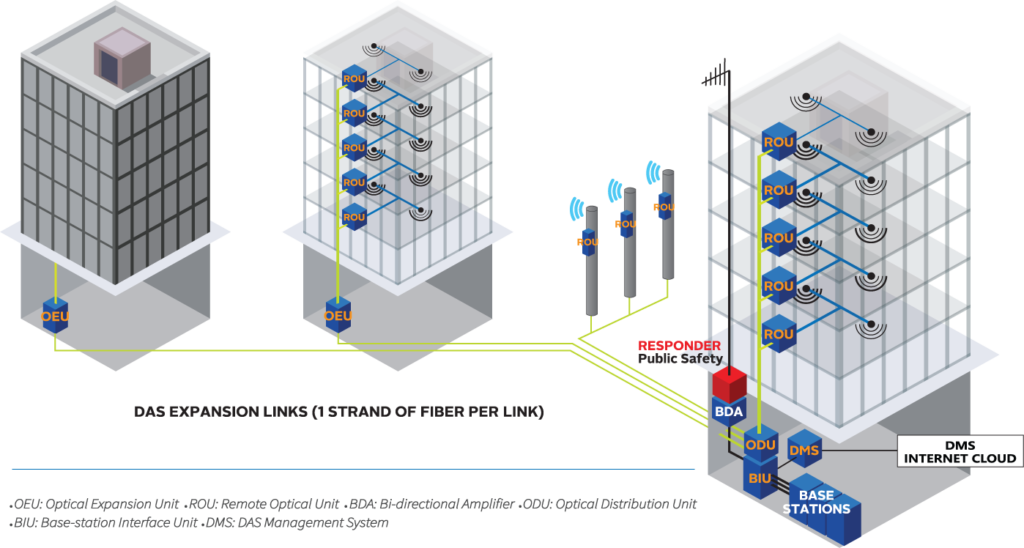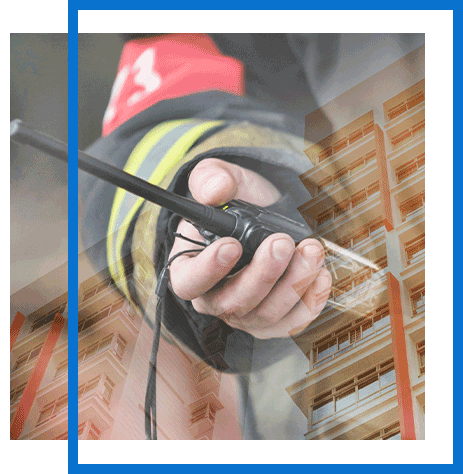WHAT IS CELLULAR DAS?
A cellular distributed antenna system (DAS), also known as an in-building wireless system, is a way to deal with poor reception inside a structure. TELECO can provide a solution to this issue by installing a network of relatively small antennas to serve as cellular signal repeaters. These antennas are physically connected to a central controller which is integrated with the wireless carrier’s network.







